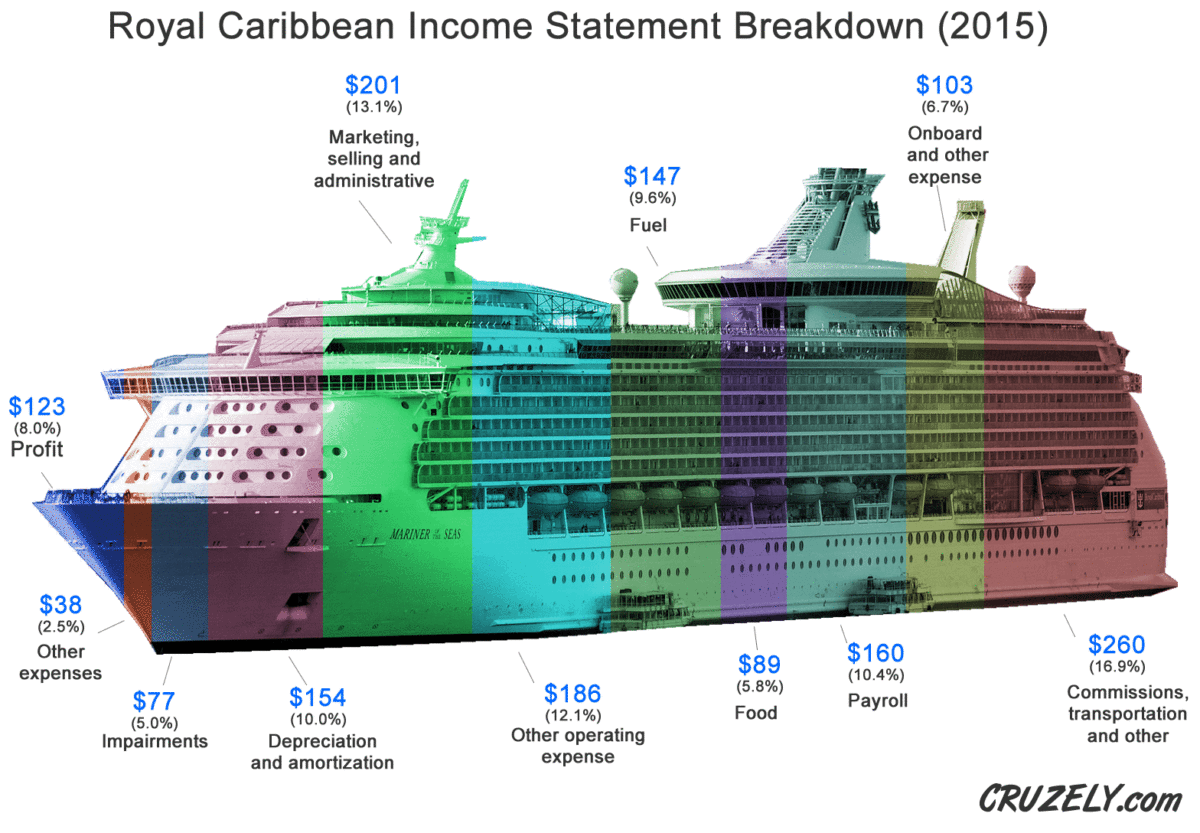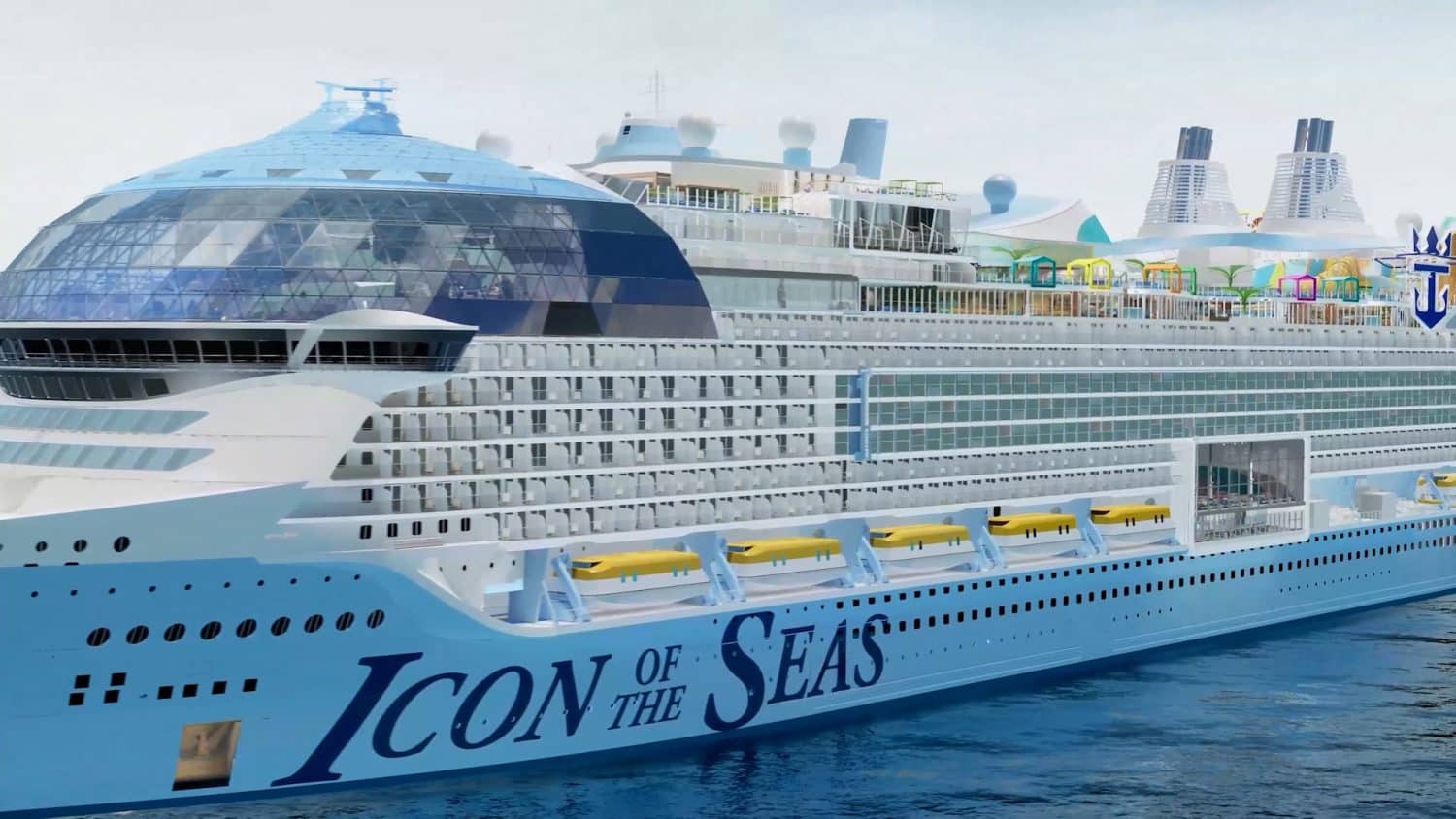Table Of Content

Have you ever looked around a cruise ship and wondered, “How in the world do they build this? ” From the lighting and the plumbing to the logistics and the sheer size, it’s hard to imagine where one would even start. The construction of a major cruise ship is a technically demanding task, but it also requires highly skilled project and financial management teams. Since the construction costs of new ships are high in today’s market, companies are upgrading and refurbishing their existing fleets. Each ship has onboard suites and cabins for guests, plus crew cabins, restaurants, bars, swimming pools, stages, theaters, cinemas, and sun decks.
Stages of Building Cruise Ships
The rig is designed by Detlev Loll Ingenieurburo GmbH (Peenemunde-based company) and comprised of 3x free-standing masts. Each mast is fitted with a fully-battened sail with adjustable flaps (wing devices that increase the max lift coefficient that a wing can generate). The sails are computer-controlled and designed for peak performance even in light winds.
Discover The Best New Restaurants In Miami For Trendy Dining Experiences
The next video shows various passenger and research ship designs developed by Knud E Hansen (Danish marine engineering company established in 1937). Next is the 2020-announced icebreaking cruise ship design developed by Knud E. Hansen. The next photo combo shows the design of Mosturflot's new river cruise ship project PV300. With some vessels reaching 500 feet high, putting these vessels together requires structural engineering. Meyer Werft is a family-owned business in Papenburg, Germany, which also owns the popular Meyer Turki shipyard in Finland. These shipwrights own massive shipyards located in riverside and coastal towns.
How Fast Do Cruise Ships Go?
Once the shell of the ship is completed, it is time to complete the interior work. Public spaces such as atriums, theatres, and restaurants are all fitted out with their equipment before the focus turns to perfecting the aesthetics of the ship’s interior. Carpet is laid, wardrobes, beds and tables added, and plumbing and wiring installed. Each cabin is in a self-contained metal box, which is crafted to specific measurements so that the cabins all sit flush to one another once installed. Not all cruise lines do this, but some do sell a pre-maiden voyage if the ship is looking like it will be completed earlier than expected.
Design and Customization Requirements
Although not all shakedown voyages include guests, some cruise lines invite a select group of people, such as company employees, travel partners, or special guests, to provide feedback on their experience. This feedback is invaluable for making necessary adjustments to ensure the highest service and guest satisfaction. Building a cruise ship is an incredible journey of engineering, craftsmanship, and coordination. The carefully planned process ensures the mega vessel is constructed in time for her inaugural voyage. Cruise ships offer passengers a variety of amenities and features, such as cabin accommodations, restaurants, and entertainment venues. But there are also the things passengers don’t see, like freshwater generation, propulsion, jails, laundry service, sewage treatment, storage, and crew accommodations.
New features like the Magic Carpet (also aboard sister ship the Celebrity Edge), required plenty of additional planning. The next time you board a cruise ship teeming with every diversion you can imagine, think about how much it cost to build that floating megaresort. It might give you new appreciation for just how much the cruise line has invested to create your ideal vacation at sea.
The Best Travel Credit Card Welcome Bonus Offers Right Now
The cost to construct the new ship is estimated to be $213,000/berth costing $500 million – a more expensive cruise ship than the original. The size, specs, and amenities of the Titanic all contributed to the cruise ship’s ultimate cost of $3,080/berth. On average, modern cruise ships cost between $500 million to over $900 million to build. This exorbitant cost requires every step of construction to be executed flawlessly and consistently, as the slightest mistake can incur mind-boggling costs. Asia has emerged as a significant player in the cruise ship construction industry, with Japanese and South Korean shipyards making notable contributions.
The cost of building a cruise ship varies widely depending on its size, amenities, and the technology used. Generally, building a cruise ship costs between $500 million to $1.2 billion. Cruise ship construction occurs in specialized shipyards capable of handling their massive size and complexity. The handover ceremony celebrates the successful collaboration between the shipyard’s workforce and the cruise line’s representatives. It involves key personnel who played significant roles in the ship’s construction, including workers, engineers, designers, and executives. From the initial concept to the maiden voyage, constructing a cruise ship is an intricate dance that unfolds over several years.

Regular communication and coordination meetings allow for effective collaboration, ensuring that all teams are aligned and working towards a common goal. This level of coordination helps prevent delays and enables a seamless transition between different construction stages. The ship’s godmother is responsible for smashing a bottle of champagne against the ship’s hull, which is said to bring good luck to the ship and those who sail on her. Conversely, it is said to bring bad luck to a ship if the champagne bottle does not smash on the first attempt. Once the exoskeleton of the ship is finished and all cabins are in place, the outside of the ship is painted and the ship’s name is added to the transom and to each side of the bow.
The ship is now part of the cruise line’s active fleet, and the handover is complete. Speeches that reflect on the journey of the ship’s construction, the challenges overcome, and the craftsmanship involved mark the event. The handover includes a thorough walk-through of the ship, ensuring that every feature and system meets the cruise line’s expectations and contractual specifications. This event is a technical step in construction and a ceremonial occasion that celebrates the ship’s transition from land to sea. The keel is the ship’s foundation, providing structural integrity and stability. The keel is the lowest part of the ship and marks the beginning of a process where blocks are assembled – like a massive Lego set.
It is crucial for shipbuilders to carefully manage these factors to ensure efficient and timely delivery of cruise ships to meet the demands of the industry. Once the design and engineering phase is complete, the next stage in cruise ship construction is the procurement and fabrication phase. This stage involves sourcing and acquiring the necessary materials, equipment, and components that will be used in building the ship. This includes everything from steel plates and pipes to electrical systems and cabin furnishings.
After months of construction and assembly, the new cruise ship emerges from the enclosed shipyard. The ship’s godparent participates in the ceremony, but they’re not always the same godmother who christens the vessel before the maiden voyage. If the ship’s godmother hasn’t been selected, a shipworker or cruise line employee will take on the part of the ship’s godmother.
Hi, I'm John Furlow, a passionate traveler and writer who has visited over 15 countries and counting. My love for exploring new cultures and experiencing different ways of life has led me to create this blog. Through my writing, I hope to inspire others to travel and discover the beauty of our world. I am a former maritime navigational officer and harbour pilot with a passion for animation. My hobby is presenting educational stories and interesting nuggets from the maritime industry and sharing them on social media to keep them freely accessible to everyone.
Where are cruise ships built? Cruise.Blog - Cruise Blog
Where are cruise ships built? Cruise.Blog.
Posted: Wed, 31 Jan 2024 08:00:00 GMT [source]
The christening ceremony also serves as the ship’s public debut, a chance for the cruise line to generate excitement and media coverage. It showcases the ship’s amenities and features, highlighting what makes it unique and enticing future travelers to come aboard. In addition to the bottle-breaking, the ceremony often includes a blessing by a religious official, asking for safe passage and protection for the ship and its travelers. It’s a nod to the ancient practice of invoking divine favor on new vessels and their journeys.
The captain is accompanied by a team of engineers, technicians, and naval architects who conduct rigorous performance tests. These trials verify the ship’s speed, maneuverability, equipment, and safety features under real-life conditions at sea. The shipyard slowly floods the dry dock, allowing the vessel to float for the first time. This ceremony is often marked by fanfare and attended by dignitaries, shipyard workers, and cruise line representatives.


